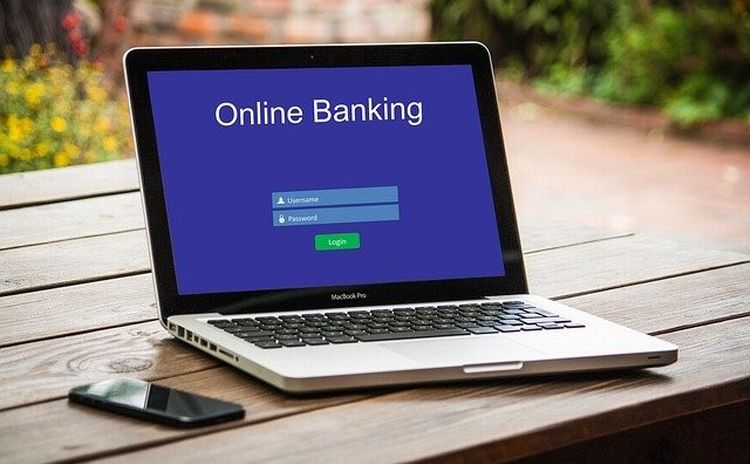Banks and other financial institutions keep sensitive information on customers, including Social Security numbers, income, credit history, and bank account information. That makes them a ripe target for identity theft
If you are concerned about your personal information, you need to take precautions and learn how to protect yourself online. These tips will help you avoid identity theft while banking online:
1) Be careful with public Wi-Fi or unsecured connections
An unsecured network is easily hacked into and accessed by hackers or identity thieves. The best thing to do when banking on a public network is to use a secured browser like Firefox or Chrome. You can also change your computer’s security settings so that it makes you request a password each time it connects to an unsecured connection.
Never use a public wireless connection to access your bank or credit card accounts. Public wireless networks are convenient, but they also provide easy access for hackers to eavesdrop on your internet traffic. If you need to do banking while out in public, try using the wired internet connection at your local Starbucks or another coffee shop.
2) Watch for log-in credentials
Make sure that your bank’s website requires you to use a password to get on the website. This protects your information from being stolen while you are banking online. You should also ensure that this password is not the same as your regular log-in password for your computer or other websites. That’s if a hacker compromises your computer; they can easily access all of your passwords and therefore get access to all of your other accounts as well.
When using online banking, it’s a good idea to enable two-factor authentication. This means that you will have to enter your username and password and a unique code sent to your phone. Enable this feature right away! It can prevent people from accessing your accounts even if they somehow obtain your username and password.
Lastly, most browsers will automatically fill in your log-in information when you start typing it into the web form. This can make it easy for someone else to access your information if they access your computer. Disabling autocomplete is something that many people overlook, but it is one of the essential steps to protect yourself against phishing scams.
3) Sign up for online account alerts
Most banks offer instant notifications when activity occurs on your accounts, such as when there are deposits or withdrawals from your online bank account or when you’ve been approved for a loan or credit card. These alerts can come via email or text message. Don’t trust emails that claim to be from your bank if they appear in your inbox out of nowhere. Make sure to check with the actual institution before taking action on an email.
Phishing emails are pretty easy to spot because they often have poor spelling and grammar, and they won’t have the bank’s name spelled correctly in them. If you’re still unsure, call the number on your bank statement or log into your online account to confirm that it is actually from a representative at your bank.
The bottom line
Online banking is a great way to manage your financial details, as long as you choose a reputable digital bank. If you’re still using brick and mortar banking services, now is the time to take a look at alternatives and open an online bank account.
There are few ways to guarantee your safety when it comes to banking, but there are definitely things you can do to protect yourself. While there’s no such thing as a perfectly safe website or app, following a few of the tips listed above should help you protect your personal information.

